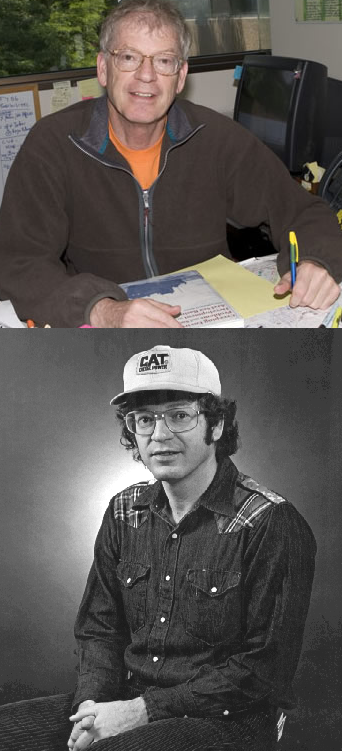Michael H. Glantz
Center for Capacity Building (CCB)
Societal-Environmental Research & Education Lab (SERE)
National Center for Atmospheric Research (NCAR)
PO Box 3000, Boulder, CO 80306 USA
Michael H. Glantz is Director of the new Center for Capacity Building at NCAR in Boulder. He is interested in how climate affects society and how society affects climate, especially how the interaction between climate anomalies and human activities affect quality of life issues. His research relates to African drought and desertification and food production problems and prospects; societal impacts of climate anomalies related to El Nino events, and the use of El Nino-related teleconnections to forecast these impacts; to developing methods of forecasting possible societal responses to the regional impacts of climate change; and the use of climate-related information for economic development. He has also coordinated joint research in the Central Asian Republics of the ex-USSR. He has a B.S. in Metallurgical Engineering (1961) and M.A. in Political Science (1963) from the University of Pennsylvania. After some years in industry (Westinghouse, Ford, Renault), he returned to the University of Pennsylvania and received a Ph.D. in Political Science in 1970. He has taught at the University of Colorado, University of Pennsylvania, Lafayette College, and Swarthmore College. In 1974 he joined NCAR as a postdoctoral fellow, and in 1983 became the first (and still the only) social scientist to become an NCAR Senior Scientist. He ran the Environmental and Societal Impacts Group at NCAR from 1979 to 1997. In March 1990 he received the prestigious "Global 500" award from the United Nations Environment Programme (UNEP). He has authored or edited several books and is the author of numerous articles on issues related to climate, environment, and society. His most recent book is Climate Affairs: A Primer (Island Press, 2003).
Extra points if you can name the year the lower picture was taken.
|

|
These days there is a lot of talk about climate change and there are many researchers trying to figure how to cope with those changes. But climate is constantly changing and there is still a lot that we do not know about it, its changes or the causes behind those changes. For example, a major geophysical phenomenon known as El Nino was only discovered as a global problem in the 1970s! Just a few decades ago we were expecting to have to contend with a return of an Ice Age.500 years ago humans could not influence global climate. The natural components of the planet ruled: sea ice, vegetation, soils, and so on. Today scientists have to accept the fact that humans are an integral part of the climate system with their ability to change the climate on local to global levels.But then what is a good climate? To answer this you have to ask what is a bad climate? What is it that people do that makes a bad climate tolerable or a tolerable climate better? However, what seems to be a good climate to a herder in Africa would be rejected as such by a person living in the Arctic region. .
|
A series of "Environmental Editorials," essentially a blog, by Mickey Glantz: Click here.
The Climate Affairs Project at NCAR may be accessed here.
|

